It is essential to take care of our health, especially considering all the hustle and bustle of modern life. And what could be better than eating homegrown food? It’s time to own your vegetable garden, no matter the size. The easiest way to grow plenty of produce is using a raised bed. You might be wondering what a raised bed is and how we can grow vegetables using it. We know you are curious to learn more about raised bed gardening so let’s get started.
Raised beds are freestanding boxes or frames above ground level. They can even be made by mounding soil into a bed without side supports. The raised bed is a modern gardening model that is gaining popularity because of the benefits it offers.
Why use raised garden bed?
- Raised bed lets you control the health of the soil for growing plants. You are free to choose the kind of soil and potting mix for your raised bed garden.
- Works well in limited space, so you don’t need to have a large area for more production.
- Removing weeds is tiresome work. As raised beds are elevated, they keep weeds away.
- Garden chores become more manageable and comfortable as you don’t have to squat and bend. Don’t let your knee pains stop you from having a beautiful garden.
- Since the bed is elevated, the soil cools quickly resulting in a longer growing season.
What to plant in raised beds
When it comes to growing vegetables, there are a lot of options. You can grow your favourite vegetables and leave some space in the grow bed to try new varieties. The prefered planting scheme for raised beds requires tall plants to grow in the centre while shorter plants are on either side. Plan and plant the vegetables and herbs according to the sunlight and water requirements. We have rounded up some of the best vegetables to grow in raised beds below.Steps to start a raised bed garden
Here are a few steps to start your raised bed garden.- Select a location
- Clean the site (optional)
- Choosing a Raised Bed
- Filling a raised bed
- Compost: Compost is packed with nutrients. You can create compost at your home, or you can purchase it.
- Topsoil: Using only potting soil for your raised bed can be expensive, so mixing it with local topsoil is advisable.
- Aeration: In terms of aeration, you need to add something for drainage. You can add rice hulls, coconut coir, or perlite for drainage.
- Time to grow


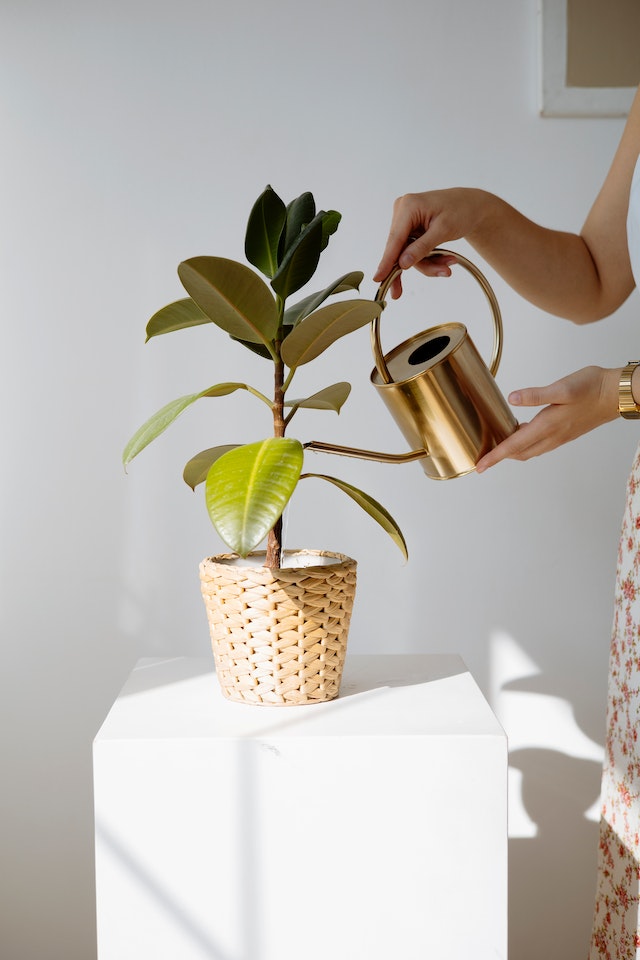
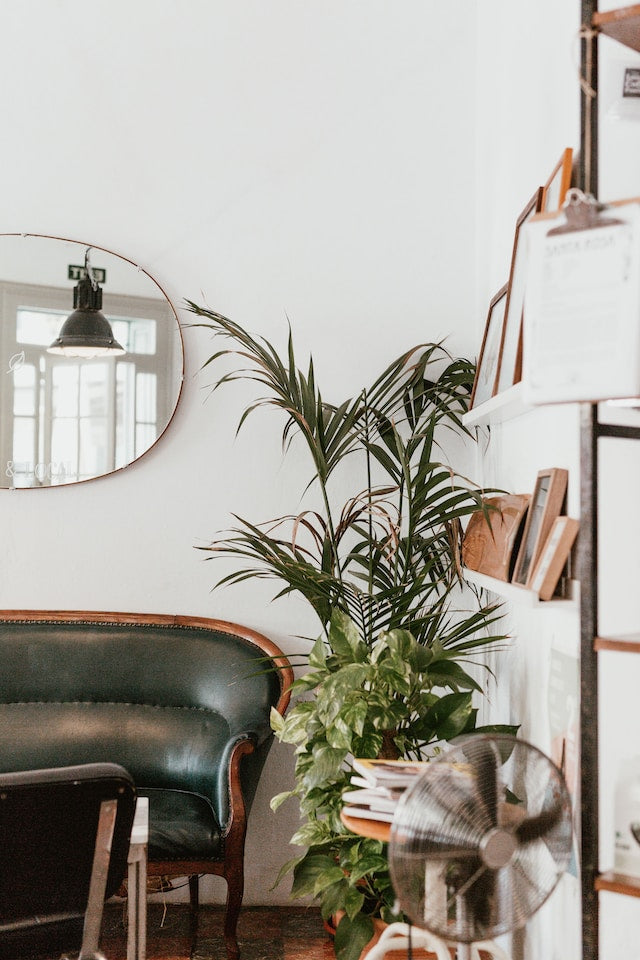

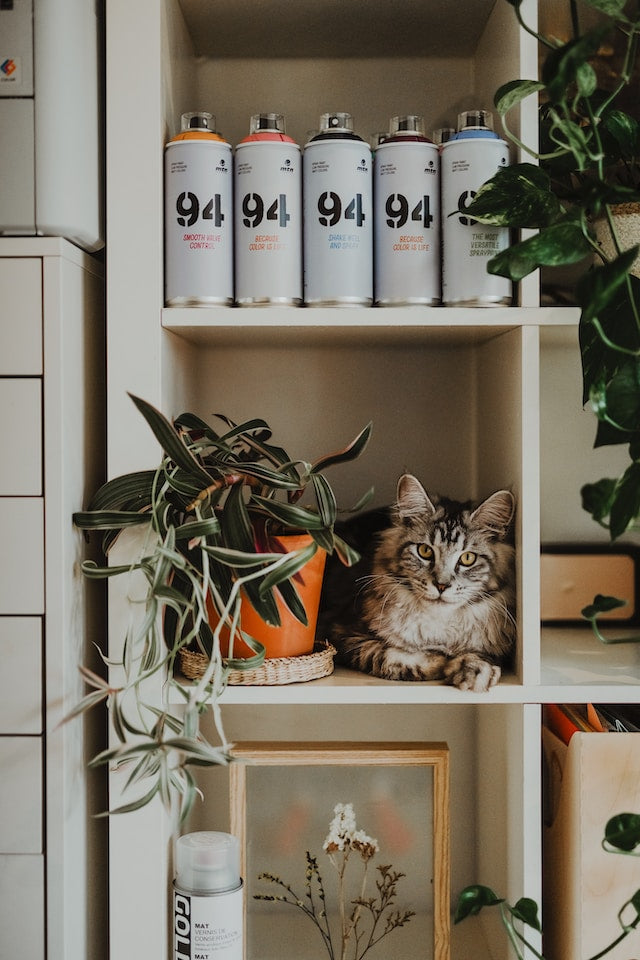
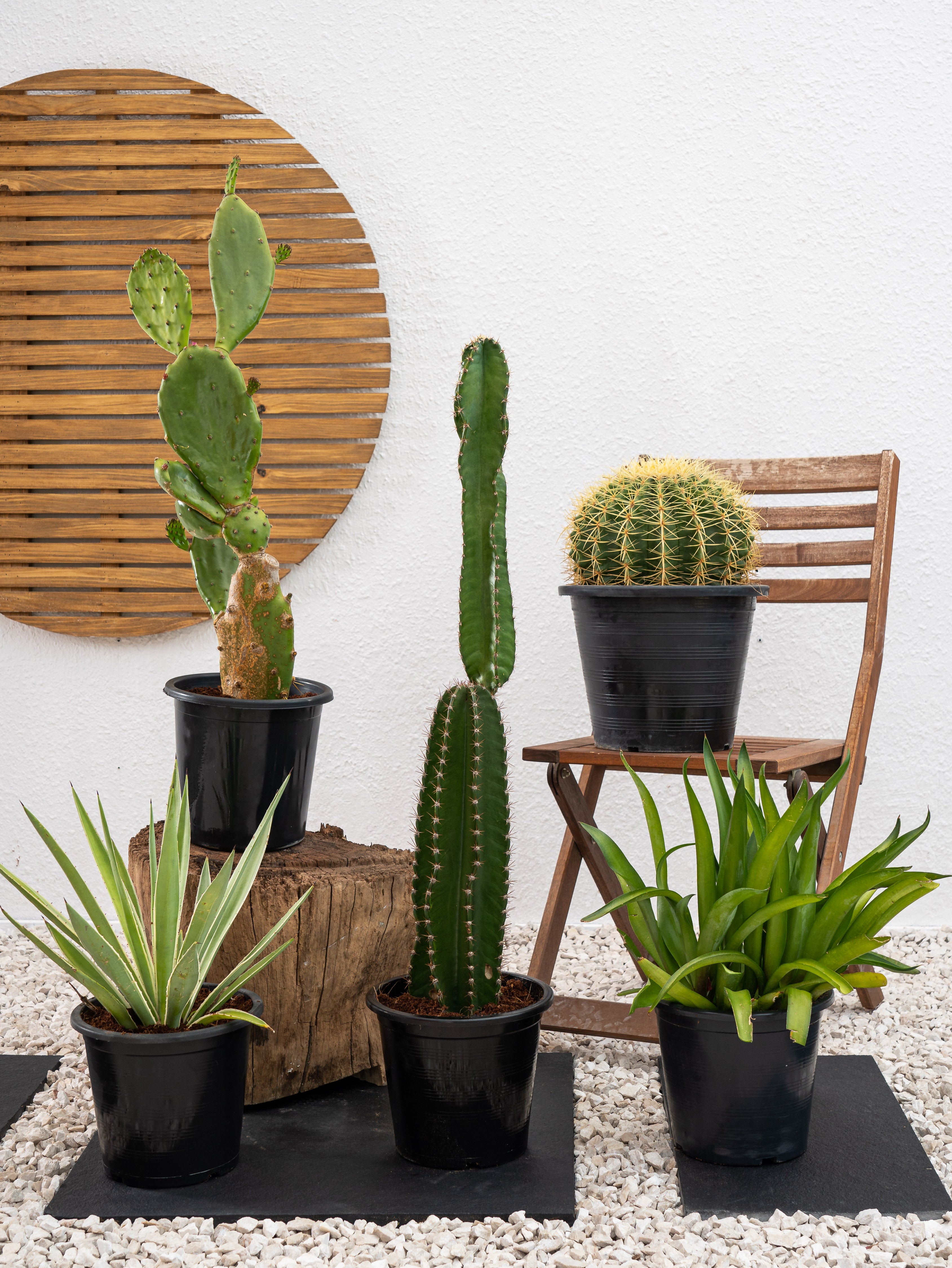
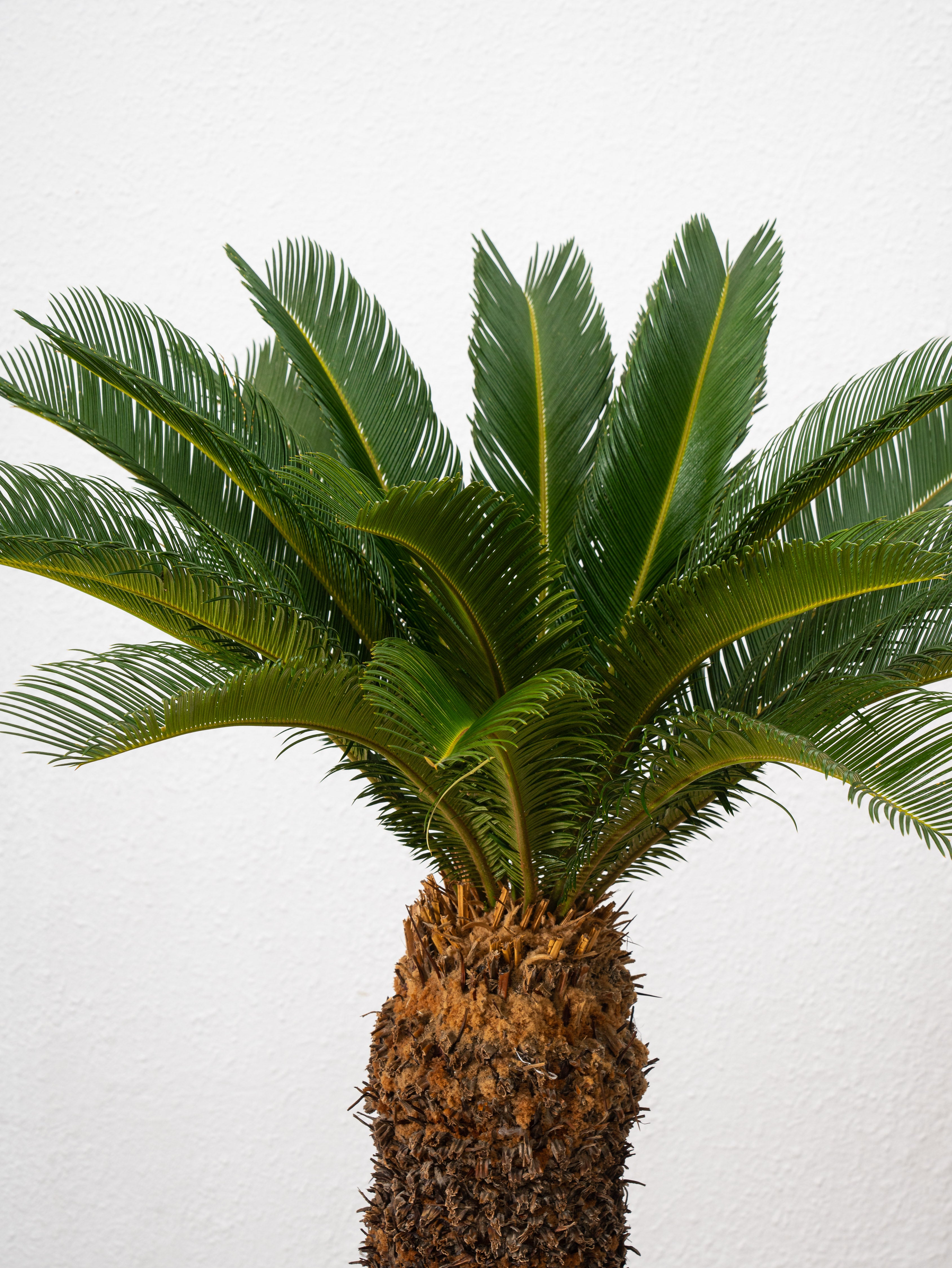
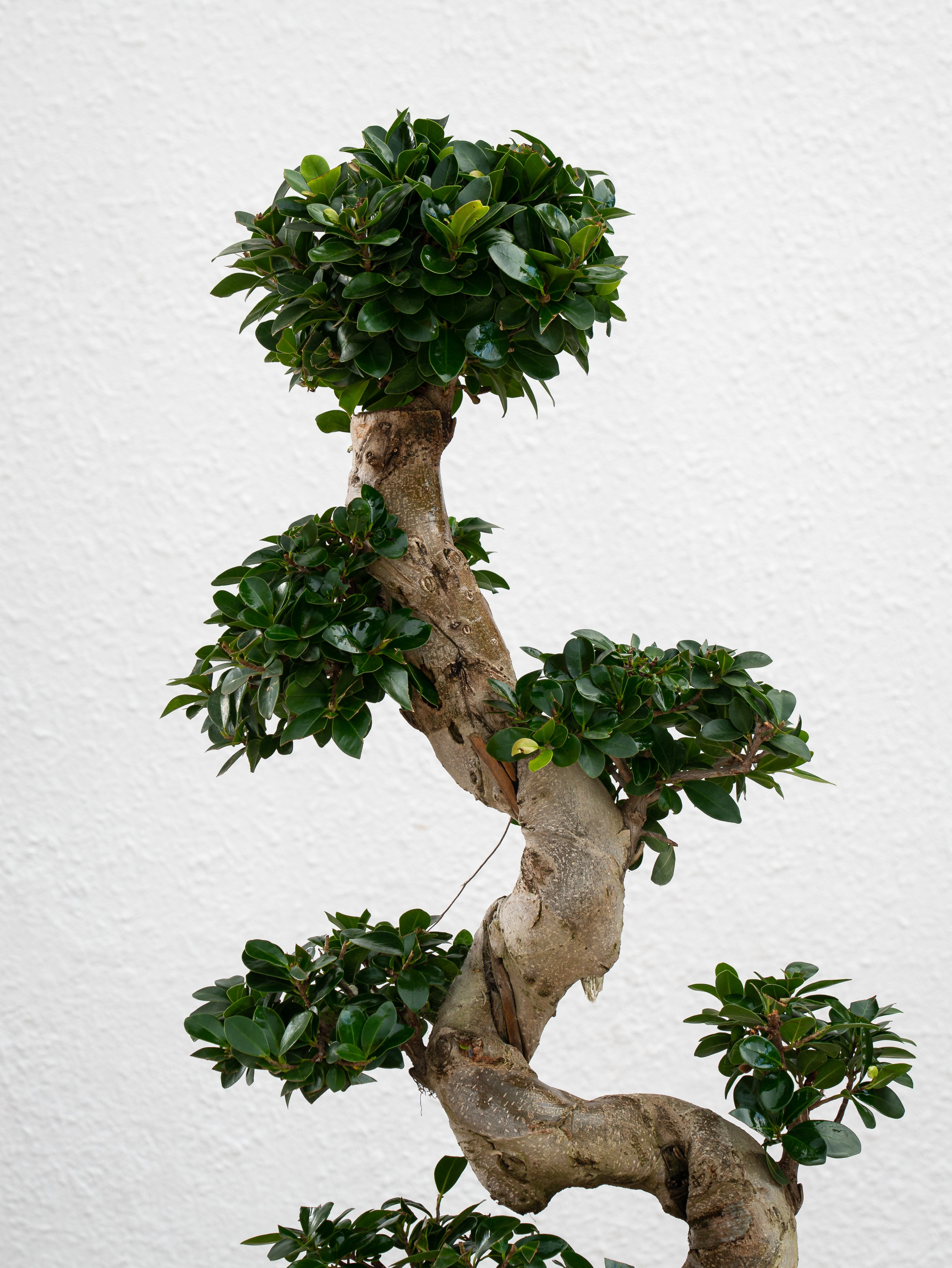
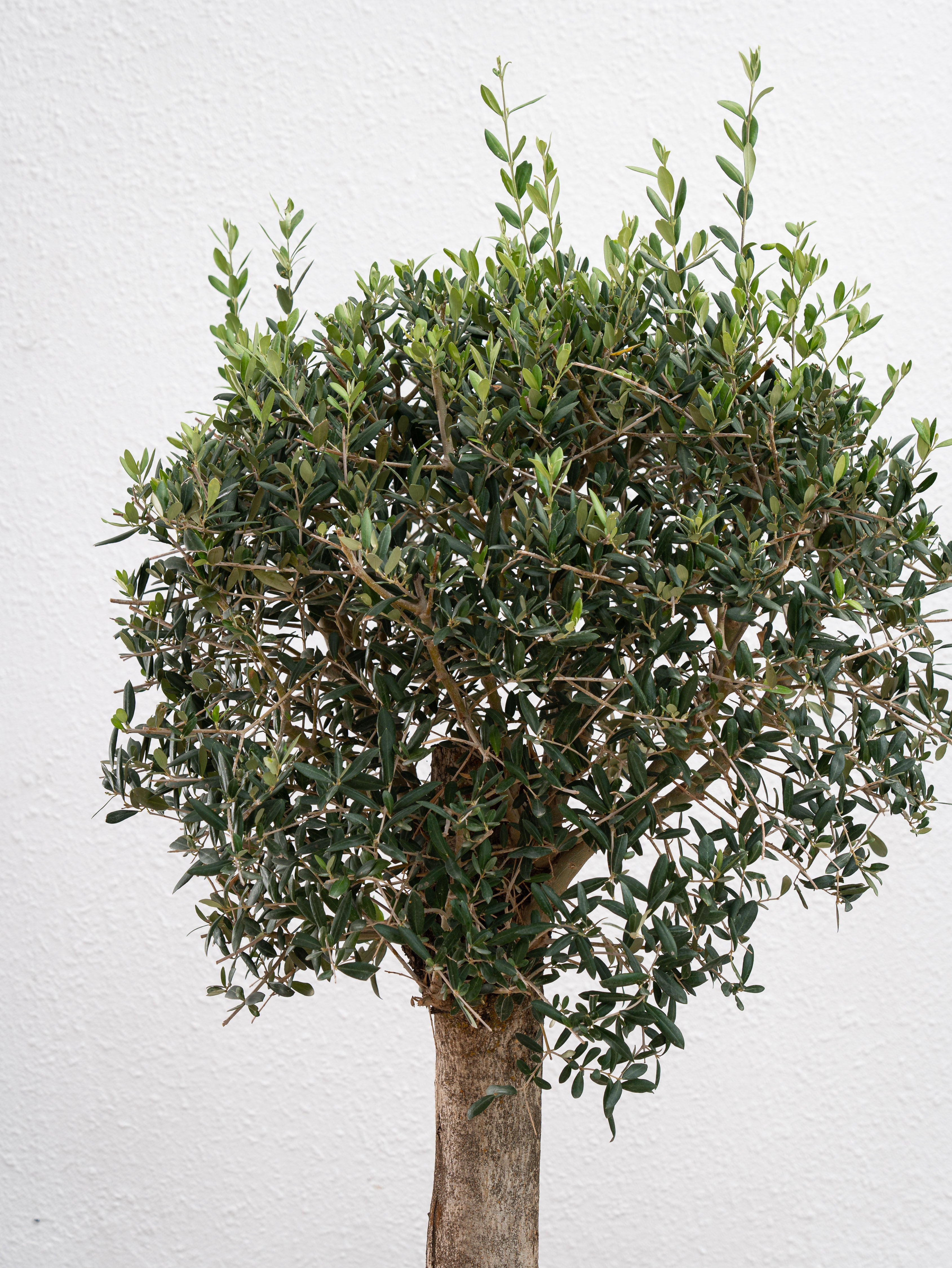
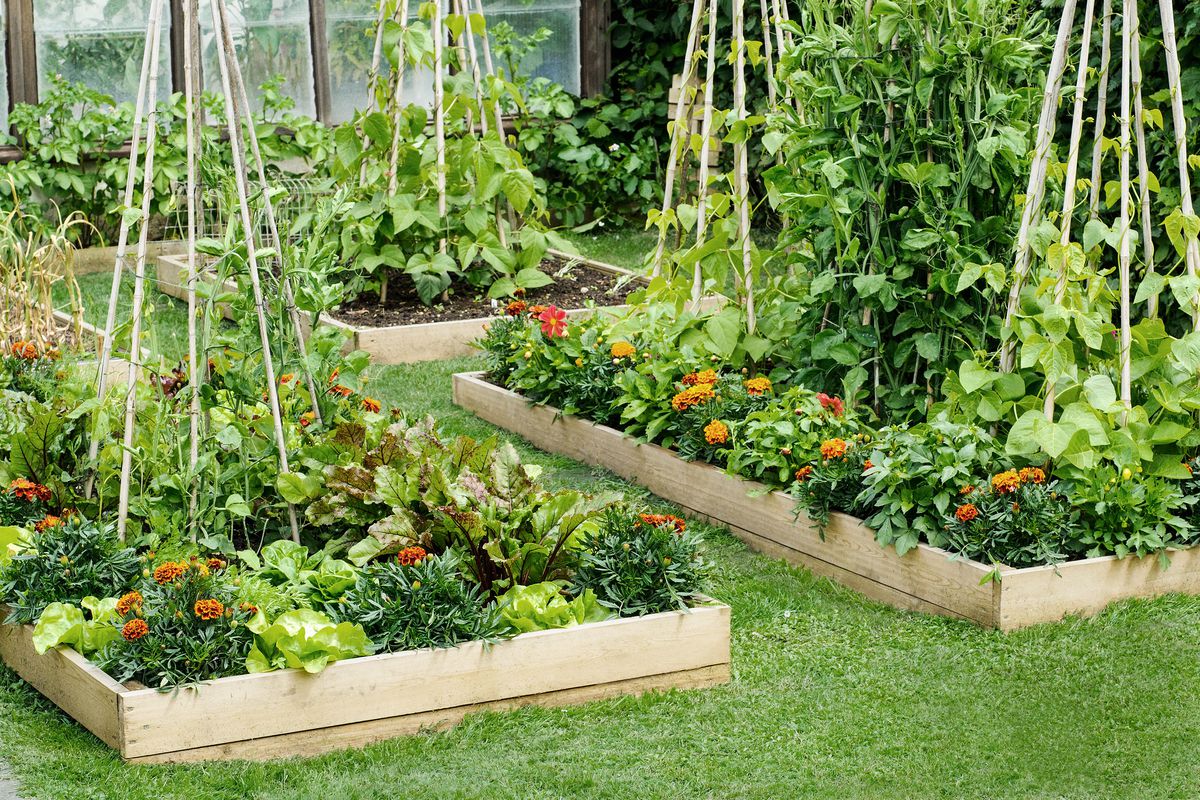
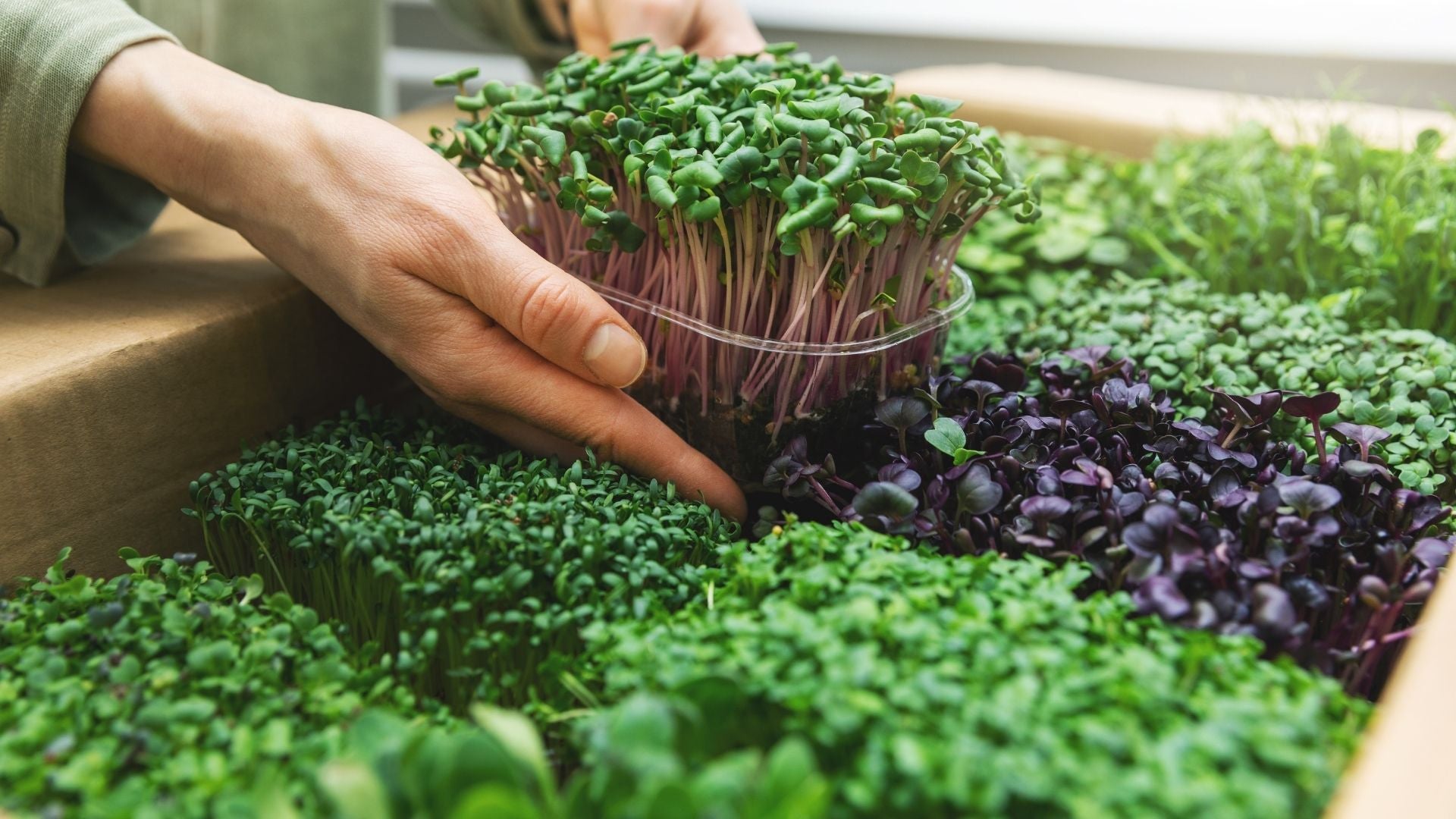
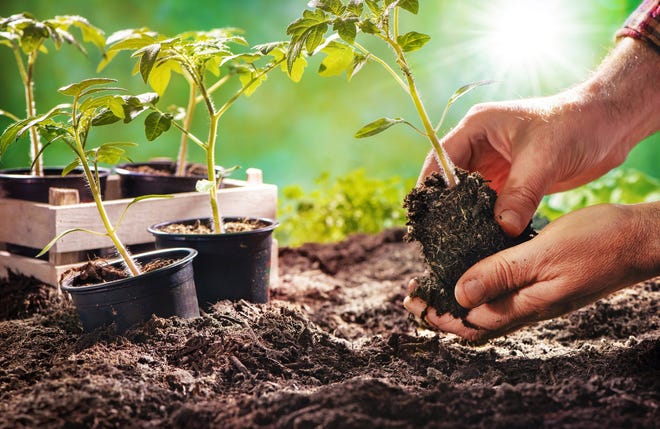
Leave a comment
This site is protected by hCaptcha and the hCaptcha Privacy Policy and Terms of Service apply.